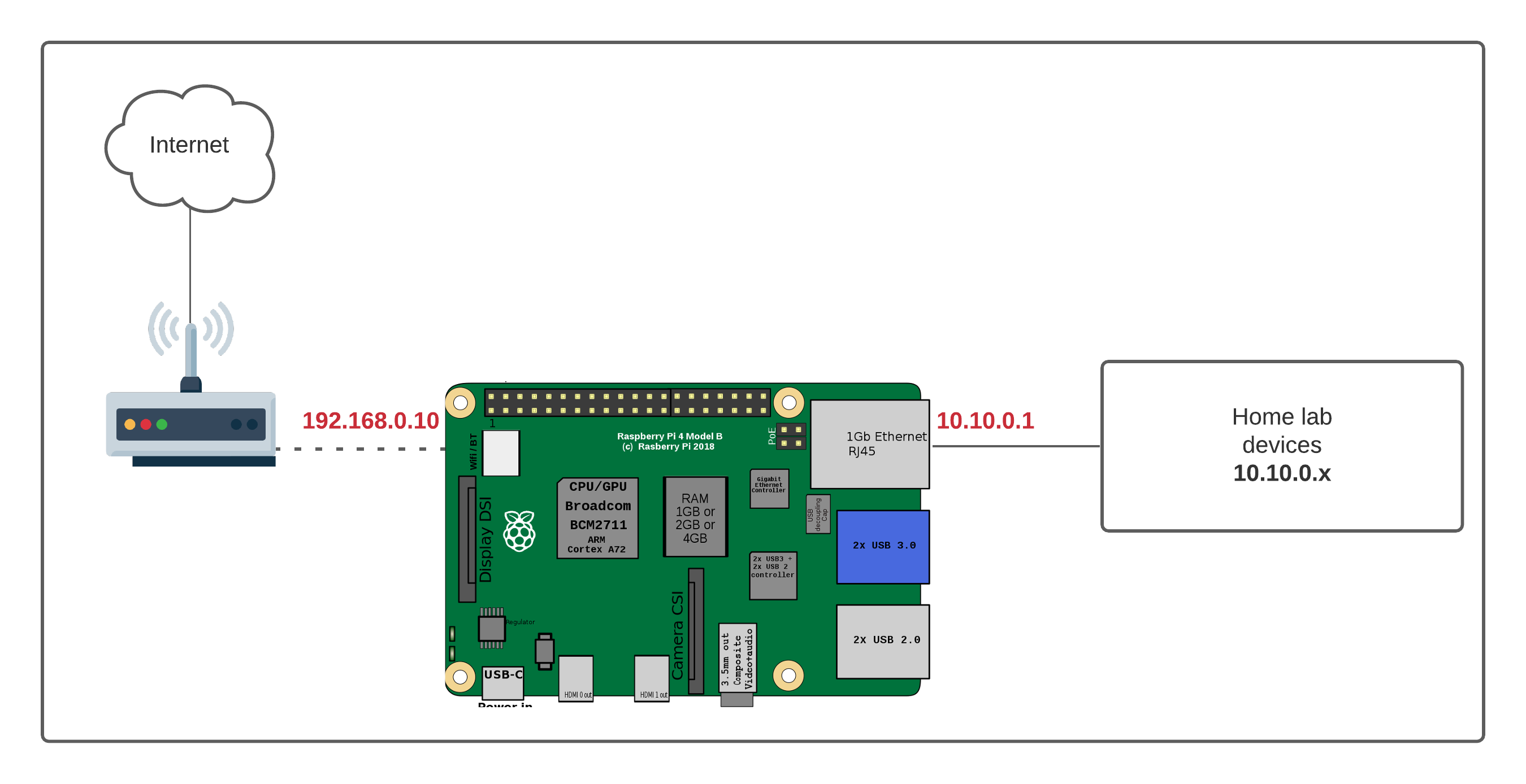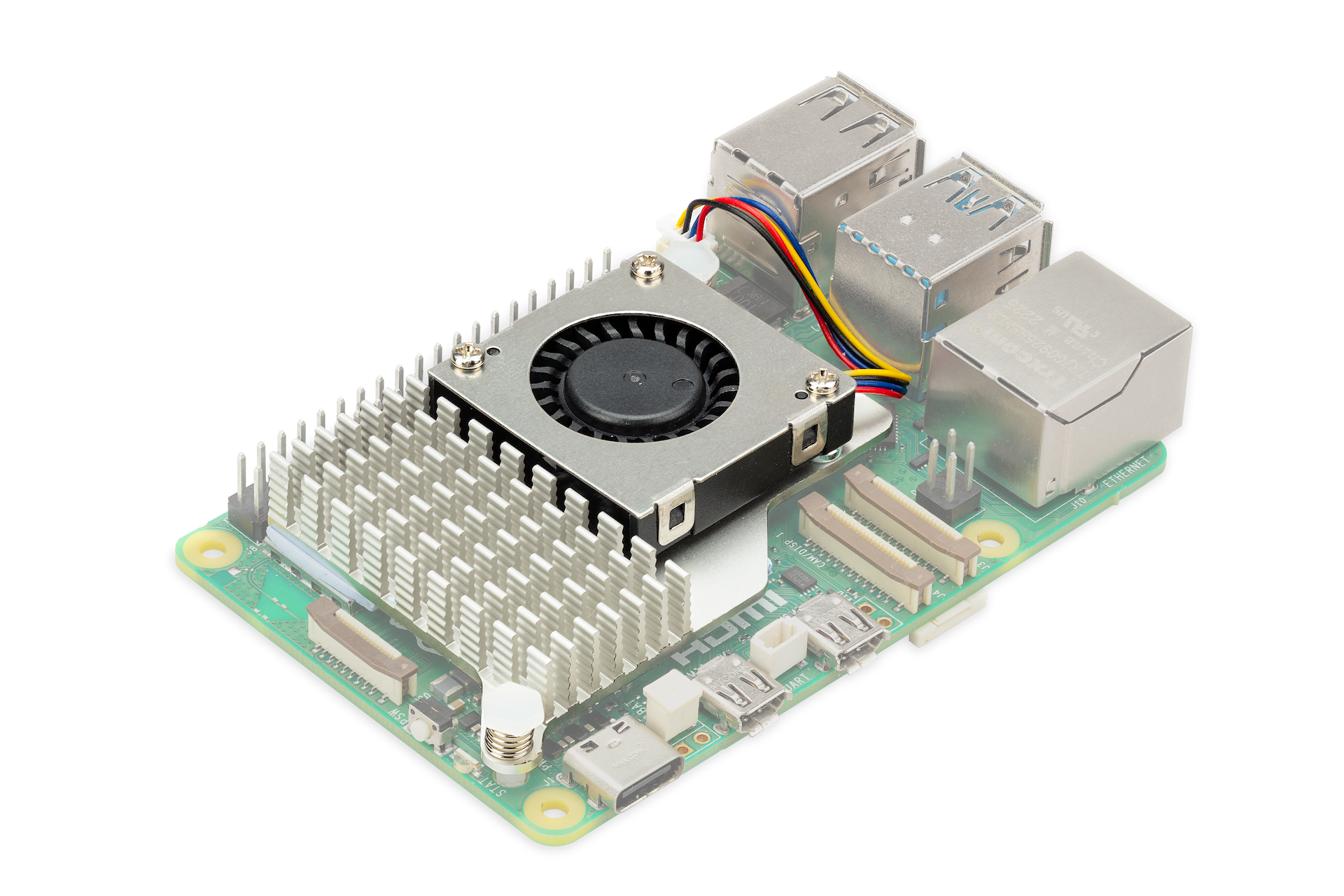Remote Access Your Pi! A Guide To Raspberry Pi Remote Access
Ever dreamed of commanding your Raspberry Pi from a beach in Bali, only to be thwarted by the digital fortress that is your home router? Fear not! This guide is your passport to unlocking true remote access, transforming your Raspberry Pi into a globally accessible powerhouse, even from behind the most stubborn network defenses.
The allure of Raspberry Pi lies in its versatility a miniature computer capable of powering everything from smart home automation to sophisticated surveillance systems. Remote access elevates this potential, enabling you to monitor, manage, and manipulate your projects from virtually any location on the planet. However, the path to this digital nirvana is often paved with the complexities of router configurations and network protocols. Consider this your comprehensive roadmap to bypassing those hurdles, ensuring your Pi is always within reach.
| Attribute | Value |
|---|---|
| Name | Raspberry Pi (General Information) |
| Type | Single-board computer |
| Manufacturer | Raspberry Pi Foundation |
| Purpose | Education, hobbyist projects, IoT devices, embedded systems |
| Operating System | Raspberry Pi OS (formerly Raspbian), Ubuntu, Windows IoT Core, etc. |
| Processor | Broadcom BCM2711, Quad-core Cortex-A72 (ARM v8) 64-bit SoC @ 1.5GHz (example for Raspberry Pi 4) |
| Memory (RAM) | Varies (e.g., 1GB, 2GB, 4GB, 8GB) |
| Connectivity | Ethernet, Wi-Fi, Bluetooth |
| Ports | HDMI, USB, Ethernet, Audio, GPIO |
| Power Source | 5V via Micro USB or USB-C |
| Reference Website | Raspberry Pi Foundation |
At its core, Raspberry Pi remote access means establishing a connection to your Pi from another device, irrespective of geographical boundaries. Envision it as having a digital doppelganger, ready to execute your commands from any corner of the world. This capability is invaluable for managing diverse projects, swiftly addressing technical glitches, or even showcasing your technological prowess to peers.
- Pining For Kim Full Video Explained The Truth Amp Why It Matters
- Bolly4u Movie Your Ultimate Guide Streaming Tips Year
The challenge arises when your Raspberry Pi resides behind a router, a ubiquitous device designed to safeguard your network from unauthorized intrusions. While this security measure is commendable, it inadvertently complicates remote access. Routers, by default, act as gatekeepers, meticulously filtering incoming connections. This is where understanding router configuration becomes paramount, allowing you to selectively grant access to your Pi without compromising overall network security. This guide is meticulously crafted to help you navigate these complexities, ensuring a seamless and secure remote access experience.
Think of your router as a vigilant sentry, diligently guarding your digital domain. Its primary function is to scrutinize incoming and outgoing network traffic, blocking any suspicious activity that could potentially compromise your network's integrity. While this protective layer is essential, it also presents a significant obstacle when attempting to remotely access your Raspberry Pi. The router, in its default configuration, will typically reject any unsolicited connection attempts, effectively shielding your Pi from the outside world.
To circumvent this inherent restriction, you must strategically configure your router to selectively permit specific types of traffic. This process typically involves employing techniques such as port forwarding or leveraging a dynamic DNS (DDNS) service. While these terms may initially appear daunting, they are, in essence, relatively straightforward concepts. Port forwarding allows you to direct incoming traffic on a specific port to your Raspberry Pi, while a DDNS service provides a stable and easily accessible domain name for your ever-changing IP address. We will meticulously dissect these techniques, providing clear and concise instructions to guide you through the configuration process.
- Discover Camilla Arauacutejos Amazing Rise To Fame You Wont Believe It
- Who Is Sone436 Actress Real Name Career Amp Viral Fame
Before embarking on the router configuration process, it is imperative to ensure that your Raspberry Pi is adequately prepared for remote access. This entails installing the necessary software components and meticulously configuring your Pi's network settings. These initial steps lay the foundation for a successful and secure remote connection.
One of the most fundamental tools for establishing remote access is SSH (Secure Shell), a cryptographic network protocol that enables secure communication between two devices. To activate SSH on your Raspberry Pi, adhere to the following instructions:
- Initiate the boot process on your Raspberry Pi, ensuring it is running the latest iteration of Raspberry Pi OS.
- Access the terminal application and execute the command
sudo raspi-config. - Navigate to "Interfacing Options" and subsequently enable SSH.
- Reboot your Raspberry Pi to implement the changes.
With SSH enabled, your Raspberry Pi is now primed to accept remote connections. The next crucial step involves identifying your Pi's local IP address, which serves as its unique identifier within your local network.
To ascertain your Raspberry Pi's local IP address, simply execute the command hostname -I within the terminal. Take meticulous note of the displayed IP address, as it will be essential for subsequent configuration steps. This IP address acts as the internal address that your router uses to identify and communicate with your Raspberry Pi.
With your Raspberry Pi duly configured, the focus shifts to configuring your router. This is arguably the most intricate aspect of the entire process, but with careful attention and methodical execution, it is entirely achievable. Prepare yourself for a deep dive into your router's settings, where you will fine-tune its behavior to facilitate remote access.
Each router boasts a unique administrative interface, but the vast majority rely on a web-based portal for configuration. To access this portal, follow these steps:
- Launch a web browser on your computer.
- Enter your router's IP address in the address bar (typically 192.168.0.1 or 192.168.1.1).
- Provide the appropriate username and password to authenticate your access.
If you have never previously accessed your router's administrative interface, you may need to consult your router's manual or contact your Internet Service Provider (ISP) to obtain the necessary login credentials. Once you have successfully authenticated, you will gain access to a wealth of settings and configurations that govern your network's behavior.
Port forwarding is the linchpin of enabling remote access to your Raspberry Pi. This technique instructs your router to direct incoming traffic destined for a specific port to your Raspberry Pi's IP address. For SSH access, the standard port is 22. Here's how to configure port forwarding:
- Locate the port forwarding section within your router's administrative interface. The precise location of this section varies depending on the router model.
- Create a new port forwarding rule, specifying the external and internal ports as 22. The external port is the port on which your router will listen for incoming connections, while the internal port is the port on which your Raspberry Pi is listening.
- Designate your Raspberry Pi's IP address as the destination IP address. This ensures that the router knows where to forward the incoming traffic.
- Save the changes and, if necessary, restart your router to apply the new configuration.
With port forwarding configured, your router is now poised to forward SSH traffic to your Raspberry Pi, paving the way for remote access. However, there is one remaining hurdle to overcome: the dynamic nature of IP addresses.
IP addresses assigned by ISPs are often subject to change, which can disrupt remote access. Dynamic DNS (DDNS) services offer a solution to this challenge by associating a static domain name with your router's dynamic IP address. This ensures that you can always access your Pi using a consistent and memorable URL, regardless of changes to your IP address.
Several reputable DDNS services are available, each offering varying features and pricing plans. Some popular options include:
- No-IP: Offers a free tier with basic functionality and paid plans for advanced features.
- DDNS.net: Provides both free and paid plans to cater to diverse needs.
- Dyn: A well-established provider with a reputation for reliability and advanced features.
Many modern routers incorporate built-in DDNS support, simplifying the configuration process. Simply sign up for an account with a DDNS provider, configure your router with your account credentials, and your router will automatically update the DDNS service whenever your IP address changes. This ensures seamless and uninterrupted remote access to your Raspberry Pi.
With all the configuration steps completed, it is time to rigorously test your remote access setup. Employ your Windows 10 computer to verify the connection:
- Open the Command Prompt application.
- Execute the command
ssh pi@your-domain.com, replacing "your-domain.com" with your DDNS domain name. - When prompted, enter your Raspberry Pi's password.
- If the configuration is successful, you will be greeted with the Raspberry Pi's terminal prompt.
Congratulations! You have successfully established remote access to your Raspberry Pi. This accomplishment unlocks a plethora of possibilities, empowering you to manage your projects from anywhere in the world.
Even with meticulous planning, unforeseen issues can occasionally arise. If you encounter difficulties connecting to your Pi, consider the following troubleshooting steps:
- Router Configuration: Double-check your port forwarding and DDNS settings for accuracy. Even a minor error can prevent the connection from being established.
- Firewall Rules: Verify that your router's firewall is not inadvertently blocking SSH traffic. Firewalls are designed to protect your network, but they can sometimes be overly aggressive.
- Network Issues: Restart your router and modem to resolve any underlying connectivity problems. This simple step can often resolve transient network glitches.
If you remain unable to connect after exhausting these troubleshooting steps, consult your router's support documentation or seek assistance from the Raspberry Pi community forums. The Raspberry Pi community is a vibrant and helpful resource, with countless members willing to share their expertise.
While convenience is paramount, security must remain a top priority when configuring remote access. Implement the following measures to safeguard your Raspberry Pi from potential threats:
- Change Default Passwords: Replace the default passwords for both your Raspberry Pi and router with strong, unique passwords. Weak passwords are an easy target for malicious actors.
- Use Key-Based Authentication: Implement SSH key-based authentication for enhanced security. This method eliminates the need to transmit passwords over the network, making it more resistant to eavesdropping.
- Monitor Connections: Regularly monitor your Raspberry Pi's connection logs for any suspicious activity. This can help you detect and respond to unauthorized access attempts.
By diligently adhering to these security best practices, you can enjoy the benefits of remote access without compromising the security of your Raspberry Pi and your network.
- Brooke Henderson Secrets Of Her Dating Life Golf Domination
- Inside David Muirs Wedding A Love Story You Cant Miss

How To Access RemoteIoT Behind Router Raspberry Pi Free Download A

Mastering RemoteIoT Behind Router Raspberry Pi A Comprehensive Guide

Remote Access Raspberry Pi Outside Network Raspberry